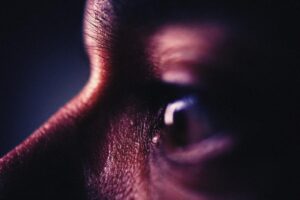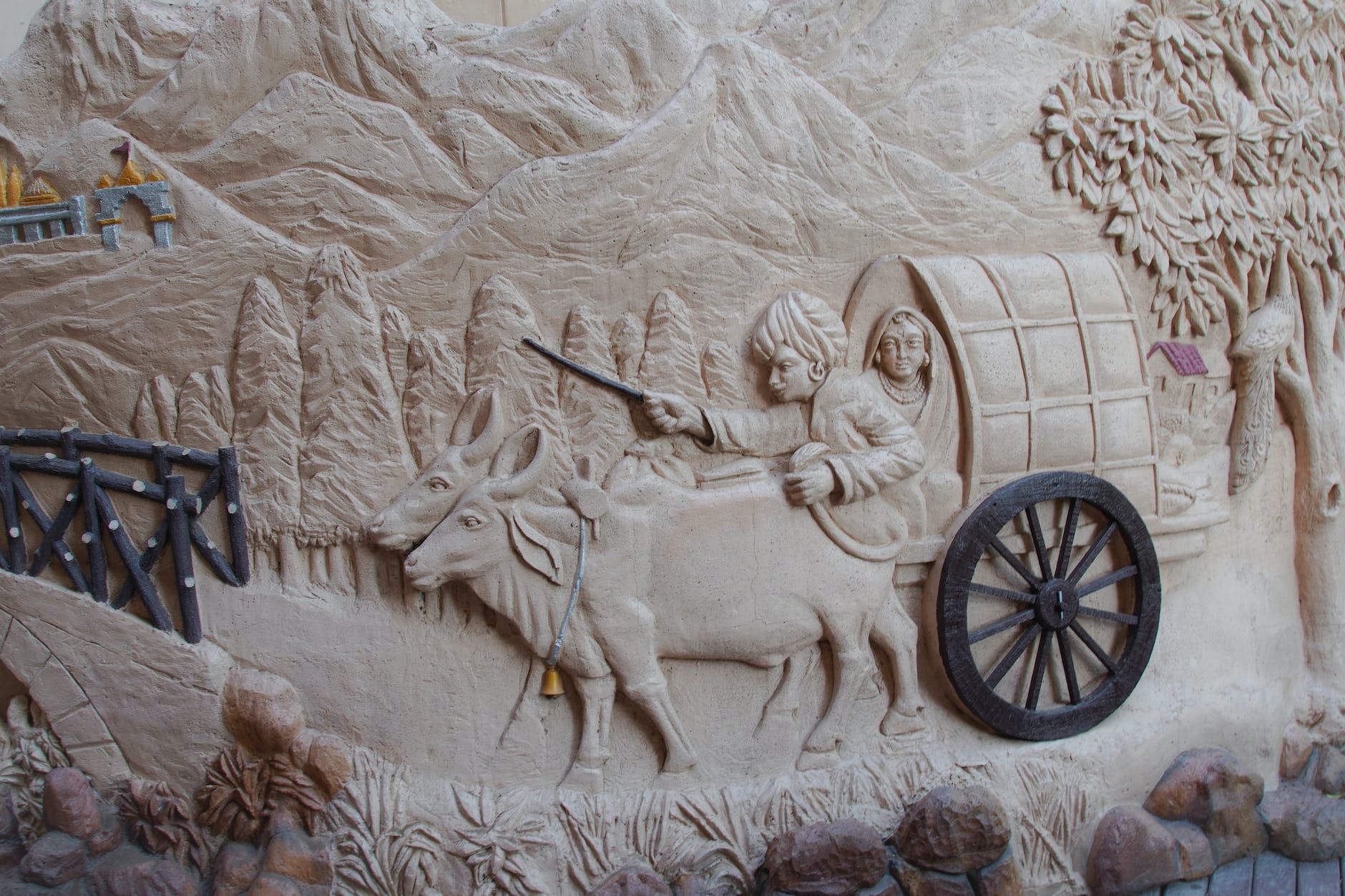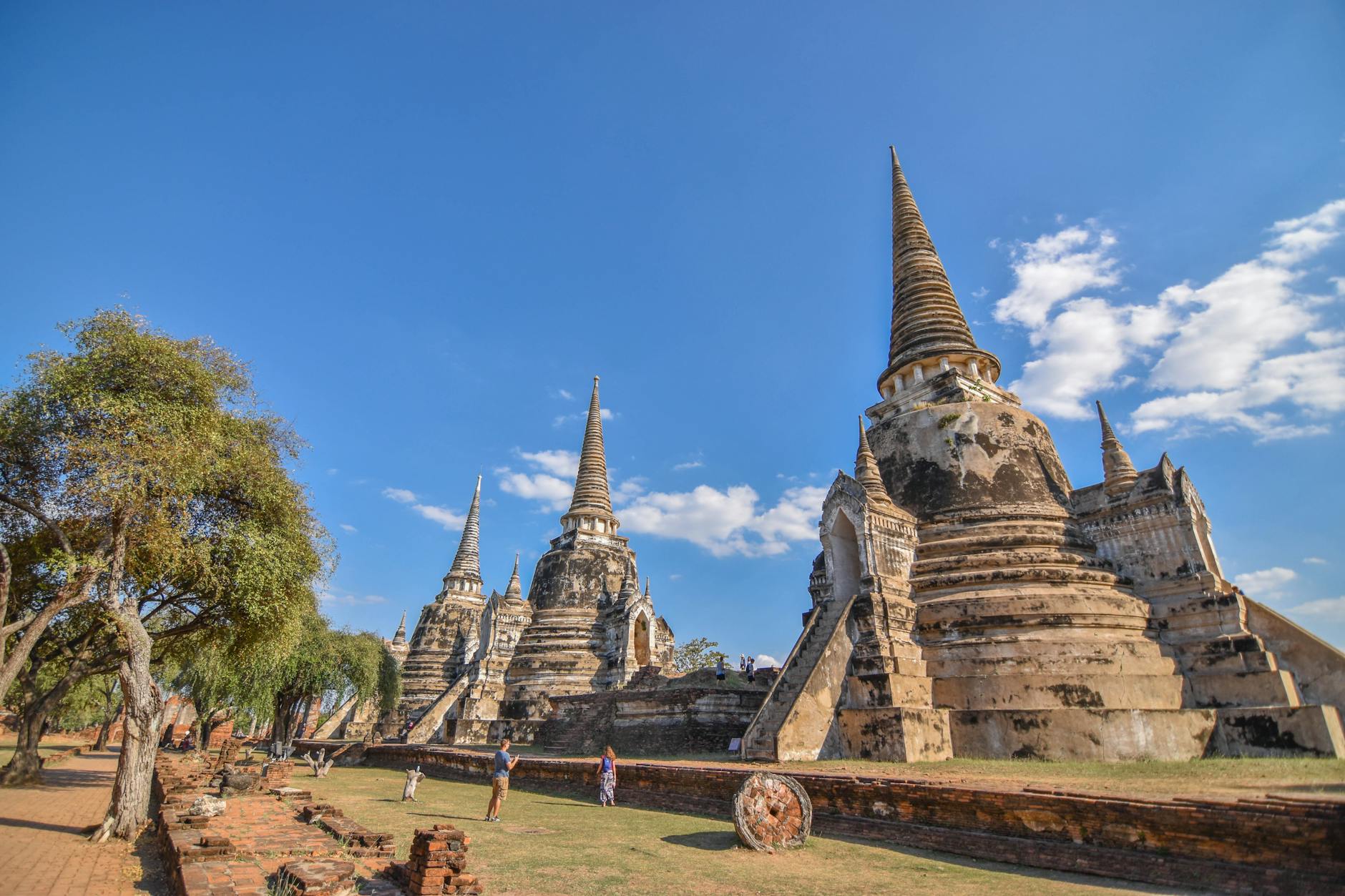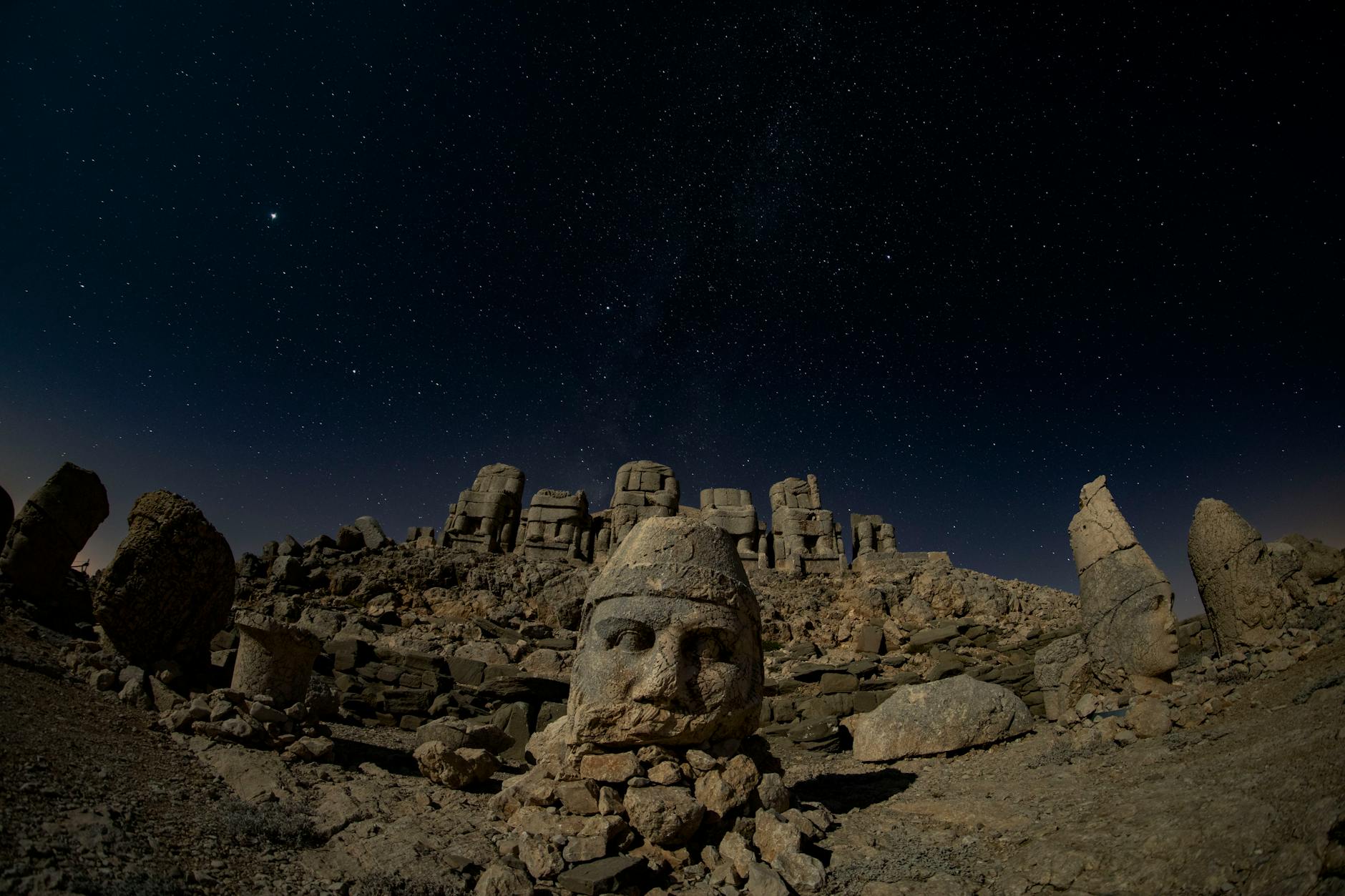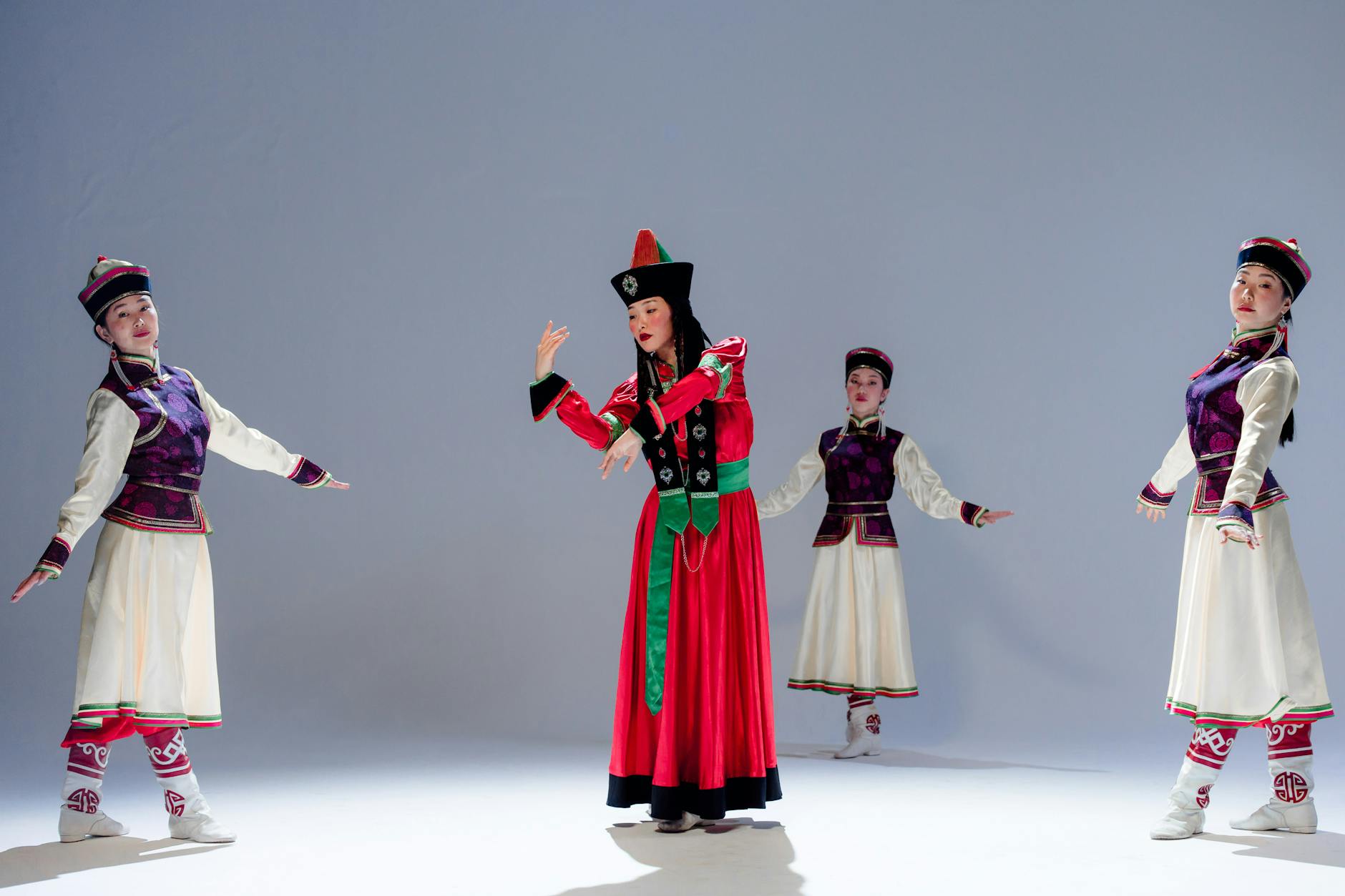The 1960s counterculture movement of free love and minds opened up an entirely new spectrum of artistic expression, birthing a genre that had never been seen before: psychedelic art. Full of vibrant colors, intricate patterns and motifs, psychedelic art exists as more than just an explosion of visual creativity. It’s filled with symbolic representation, archetypal imagery, and frequently encompasses a broad range of spiritual and mystical themes. Notably, though, cosmic symbolism and subconscious exploration lie at its very heart.
Psychedelic art distinguishes itself by being an amalgamation of intertwined visual motifs, creating a maze of daydream-like scenarios. Yet, it’s the archetypal imagery lying beneath these layers that true enthusiasts look for, allowing them to transcend the ordinary and experience an alternative world. The symbols range from basic geometrical shapes and complex fractal patterns to ethereal landscapes and fantastical entities derived from diverse mythologies and cultures, all built to encapsulate the human experience.
Saturated with spiritual and mystical themes, psychedelic art is characterized by its vibrant approach in dealing with profound subjects. Usually driven by the creator’s own transcendental experiences, hallucinogenic substances like LSD, DMT or psilocybin often play a pivotal role in this. However, these substances don’t just shape the visuals: they also inspire the spiritual narrative intertwined within the brushstrokes. They tend to depict concepts like unity, infinity, the interconnectedness of all life forms and the hidden layers of reality – concepts often too abstract for our everyday consciousness to grasp.
We see frequent explorations of ego death, rebirth, and divine illumination, suggesting a strong influence from not only indigenous shamanic practices but also major global religions like Hinduism, Buddhism, and Christianity. The recurrence of both religious and pagan symbols, along with astronomical and astrological signs, strengthens the genre’s cosmic symbolism. For example, the recurrent usage of the lotus, associated with divine birth in Buddhism, is a stark demonstration of the spiritual undertones of this genre. Similarly, the ceaseless cycles of the sun, moon, stars, and planets echo the cosmic rhythm of life, death, and resurrection, acknowledging our infinitesimal place in the cosmos.
The most crucial element of this vibrant art form, however, is its daring venture into uncharted territories of the subconscious. Mind-altering substances serve as a key that unlocks a doorway into this hidden realm within us, letting artists bring back visual mementos from their inward expeditions. Consequently, their artwork becomes a detailed visual diary, compellingly portraying their subconscious exploration.
Psychedelic art, in its very nature, shatters the traditional reflective mirror of art. It doesn’t merely depict the world as it is, but paints the universe as we perceive it, in its full chaotic, harmonious, resplendent wonder. Harnessing timeless symbolic representation and universal archetypal imagery, it prompts us to question reality and provocatively challenges the arbitrary boundaries of our perception.
The psychedelic art movement may have its roots in the 1960s, but it continues to evolve and influence in the 21st century, through both visual and auditory mediums. It pushes the boundaries of conventional art, reflecting a world that is more than the sum of its parts. It’s a resonating testament to our insatiable quest for understanding, not just the world around us, but the mysterious, infinite cosmos within.




